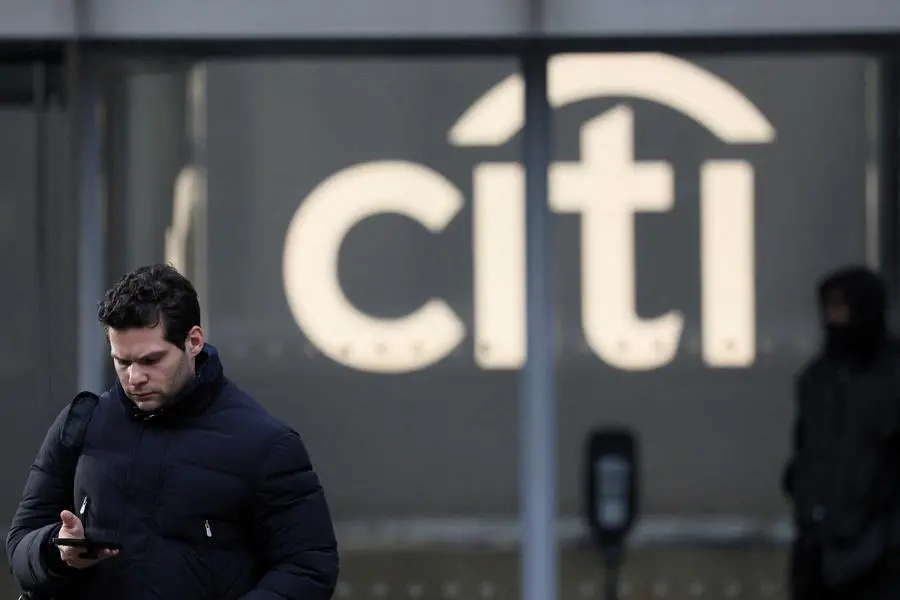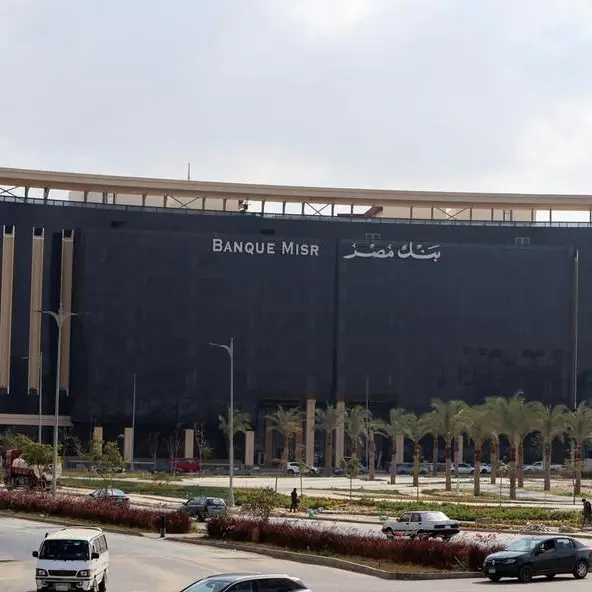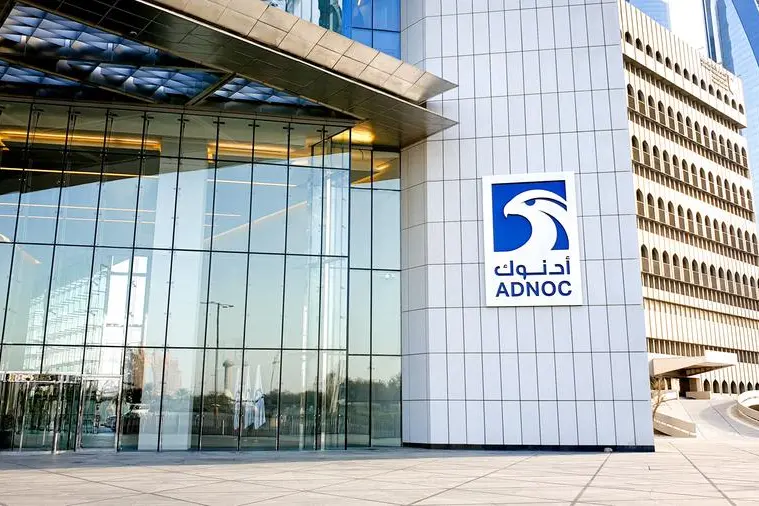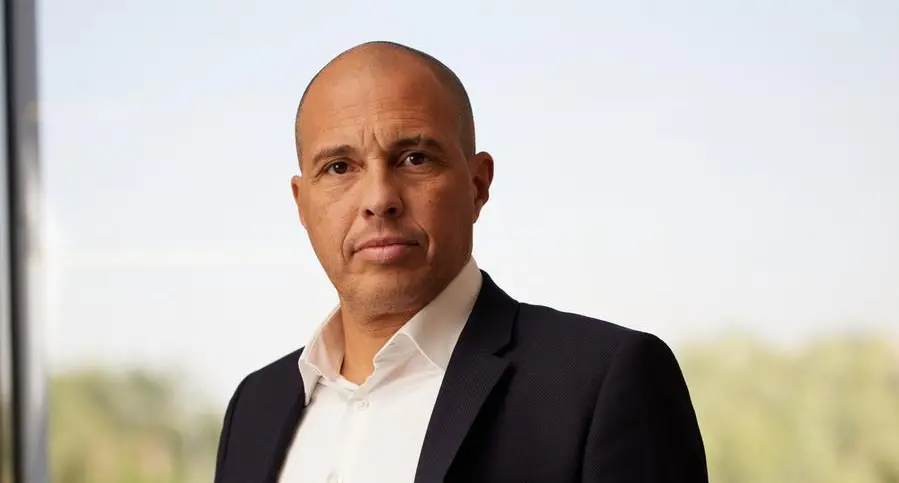PHOTO
Citigroup is working hard to revive its reputation as a top global investment bank and the work is showing progress – it has gained market share and is picking out areas to target – but it has also lost a swathe of senior bankers, stoking talk of dissatisfaction in the ranks.
Citi has ranked fifth for global investment banking fees in each of the last 12 years, according to LSEG data, which shows its broad strength, but also a failure to challenge the top three. Citi has been restructuring and trying to juice returns since Jane Fraser took over as CEO in March 2021, and last year she gave that move a thrust by hiring Viswas Raghavan from JP Morgan to head banking. He joined in June 2024.
The bank’s share of global investment banking fees was 4.4% in the first five months of this year, up from 3.9% at the same stage last year, and it was in the top five for all products, LSEG data show, a clear sign of momentum.
Raghavan has a reputation as a demanding boss. Too demanding, according to some critics who blame that for driving away long-time bankers. But others say a shakeup was needed and tremors were inevitable, and most departures were unrelated to Raghavan's arrival. There have also been some notable hires.
Among the most recent departures in debt capital markets are veterans Tommaso Ponsele, head of European corporate DCM, who decamped for Goldman Sachs, and Iman Abdel Khalek, who led the CEEMEA DCM business, and is joining SMBC in Dubai.
While they both left the bank to seek new pastures, their departures were a further blow to Citi's DCM business in EMEA after it cut a group of bankers last year, including managing directors Colm Rainey and Christian Rose.
Ken Robins is leaving as chairman of EMEA ECM, which will mean just two of the nine most senior ECM bankers globally are still in the posts they had when Raghavan joined. Paul Abrahimzadeh and Russell Chong, co-heads of US ECM, quit in February, following Udhay Furtado, a co-head of ECM in Asia, and Suneel Hargunani, co-head of EMEA ECM. Zain Zaidi, who was head of UK and EMEA loans products and execution, has also left.
Citi declined to comment.
“There’s new management in the banking unit and the new head has a reputation for being demanding,” said Wells Fargo bank analyst Mike Mayo. “Some people thrive under demanding leadership and others will go their own way. From the outside it’s always hard to tell who leaves by choice.”
Mayo, who has a "buy" rating on Citi stock, added: “The departures could be an indicator of a decision for banking to become a more intense, results-driven line of business. And frankly they need to improve their intensity and their [market] share, especially with sponsors. And they need to show that they can generate returns.”
Picking spots
A few months after joining, Raghavan hired Achintya Mangla from JP Morgan as head of financing for investment banking, covering DCM, ECM, syndicate and private capital markets.
Raghavan has picked several spots to target first, according to sources at the bank. Leveraged finance is one, reversing a pullback in the area a few years ago when Citi was grappling with a top-to-bottom transformation and risk appetite was depressed.
“That’s all behind us,” said a senior Citi banker.
Indeed, following US president Donald Trump’s tariff announcement on April 2, Citi has ranked third behind JP Morgan and Bank of America in global high yield.
“The bank is in a strong position to serve our clients and it’s a core part of our strategy,” the banker said. The change is part of the transformation that began three or four years ago as Citi worked through and resolved issues, he said.
Another senior banker offered a similar view on recent hires. "We didn’t want to invest when we didn’t have our internal house in order," he said, referring to risk appetite in particular.
Citi is also targeting healthcare, and that process similarly preceded Raghavan's arrival when it decided to invest in the sector and hired Chuck Adams from Goldman Sachs. This year it is ranked third in healthcare banking.
That sector is an example of how Citi has been able to bring in talent from outside and invest, focus and produce results, the first banker said. “If we can replicate that across the bank, which is our intention, we are hopeful of incremental progress," he said.
Raghavan is also keen to build up more business with sponsors, as Citi is underweight in that area. The bank will step up activity as sponsors are under pressure to realise returns and put more of their dry powder to work, said a senior DCM banker. He said the effort was gaining traction.
Returns challenge
The challenge for Raghavan and Fraser is to lift returns, which are well behind big US rivals for the group and the banking unit.
Citi has enjoyed five consecutive quarters of positive operating leverage in banking and return on tangible common equity in the unit was 10.7% in the first quarter, up from 9.9% a year earlier. But at BofA the return on allocated capital in its banking group was 15% in Q1, and at JP Morgan the ROE was 18% in CIB, which includes investment banking and trading.
Expenses in banking in Q1 fell 12% from a year earlier, which Citi said reflected previous job cuts.
But those cuts and a smaller bonus pool in banking has also helped fuel the departures, sources said. That may also have been by design, however, and one of the senior bankers said the exits are part of the natural ebb and flow of any bank, especially early in the year.
“Could it be slightly more accentuated when you have new leadership? Possibly,” said the first banker. “But ultimately in every part of our business, banking overall, M&A, ECM, DCM and leveraged lending, our wallet share has increased and that is a function of everyone pulling in the same direction.
“Wallet share is the best performance measure of a business and that’s on the uptick,” he said.
The second banker said the turnover has mostly been in EMEA in DCM.
“Any time you have a change in banking people are nervous,” he said, adding that the change in leadership came when there was competition for senior bankers as DCM desks have remained busy and there is a decent bid for bankers from its usual rivals but also from private credit firms and second-tier banks trying to grow.
“Some have gotten pretty cool opportunities,” the banker said. Some have decamped for clients in the sponsor community, which could benefit Citi as it looks to beef up its book with sponsors.
The bankers said Citi has a deep bench of talent, and the departures have allowed the opportunity to elevate more junior employees, but it is also looking to hire from outside.
On the up
Citi brought in US$2.05bn in investment banking fees through to the end of May, up 3% from a year earlier and making it the only bank among the top six to show a rise from a year earlier, LSEG data show. It ranked third for global DCM, fourth for M&A and fifth for ECM and syndicated loans. It is also more geographically balanced than most peers, and ranked fifth for fees in the Americas, fourth in EMEA and 12th in Asia.
Still, the scale of Citi's effort to restructure and simplify its business was shown again on Thursday when the bank said it would cut 3,500 jobs in its technology operations in China. Citi had 229,000 staff at the end of March, although only 8,000 are directly allocated to the banking division.
The senior Citi bankers said the mandate for banking is not to produce results at the end of the year. “We are focused on the next five years and 10 years to be the most prominent bank," said one.
Mayo agreed – up to a point. He expects to see durable results in the next two to three years.
“The current market share gains were surprising even to me even,” Mayo said. The question is when investment banking activity picks up, can Citi continue to hold its own, he said.
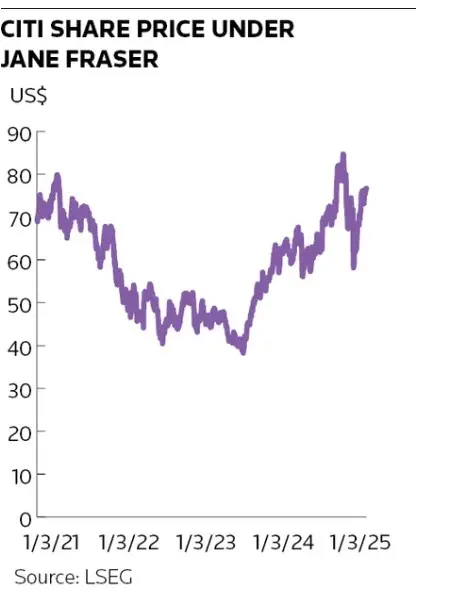

Additional reporting by Sudip Roy and Paul Kilby
Source: IFR
